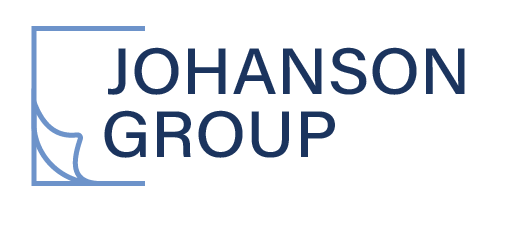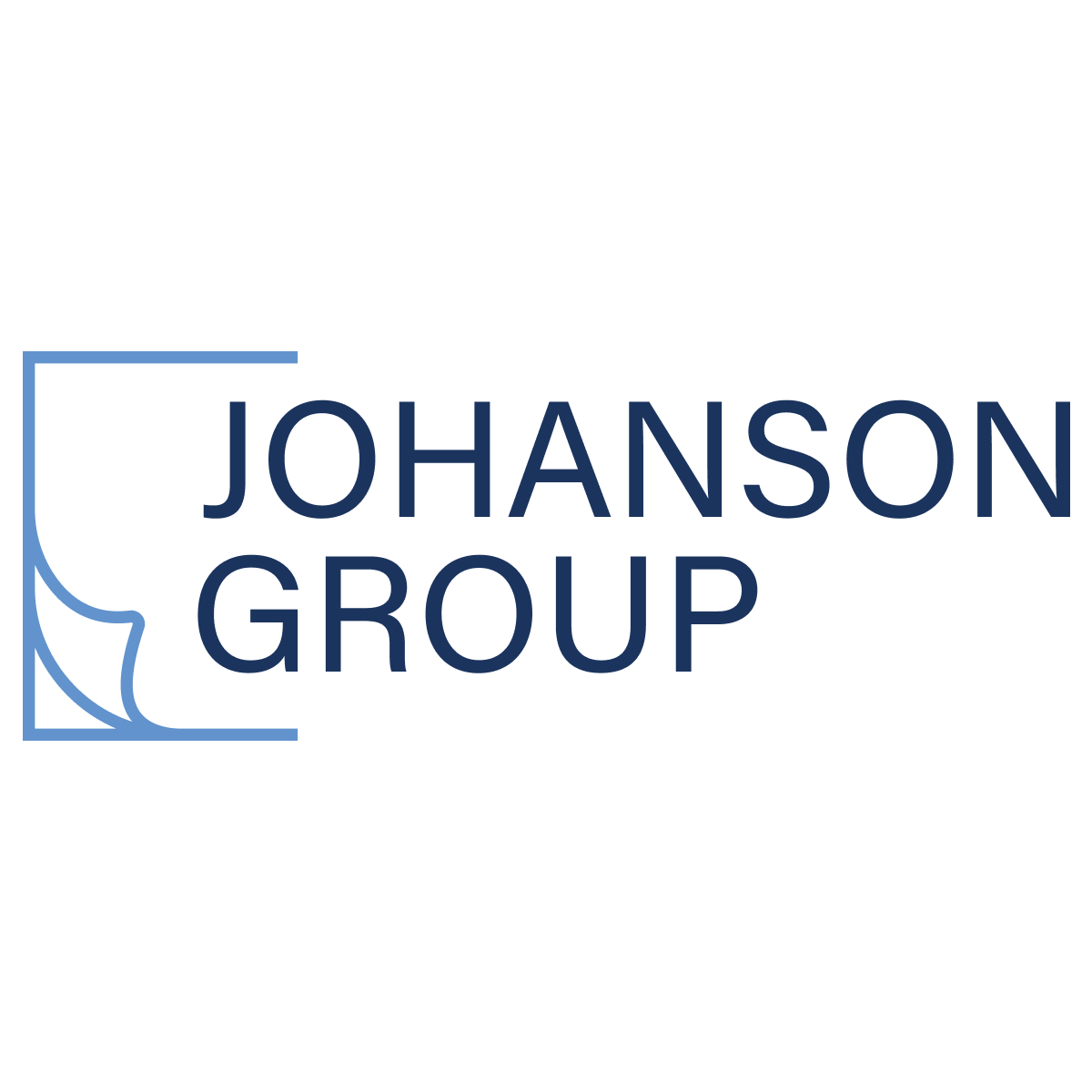What Is Required for a Successful SOC 2 Risk Assessment?
You’ve done your research, know what SOC 2 is, and how it can benefit your organization. But you still have some questions about the process. In this article, we will dive into the key components of a comprehensive SOC 2 risk assessment and steps to ensure an effective process.
Key Components of a Comprehensive SOC 2 Risk Assessment
Risk assessments involve key elements to ensure organizations have thoroughly identified, evaluated and addressed potential risks to the Trust Service Criteria Categories. The following are components of a SOC 2 assessment are:
Identify Relevant Trust Service Categories
Defined by SOC 2, TSC encompasses Security, Availability, Processing, Integrity, Confidentiality, and Privacy. A tailored risk assessment means selecting which categories apply to the organization based on its operational goals and system functionalities. For example, a company that provides SaaS and deals with sensitive customer information will focus heavily on on Security and Confidentiality
Asset Inventory & Classification
Organizations must identify and categorize assets that are critical to their operations. These can include anything from physical devices, softwares, and data bases to personnel and processes.
Threat Landscape Analysis
An in-depth analysis of potential threats is a vital part of the assessment. Threats can range from external threats, such as fraud and cyber attacks, to internal risks like system malfunctions and employee error. It is also important to examine past incidents and industry specific risks to enhance the accuracy of the analysis.
Risk-Based Prioritization
After risks are identified and analyzed, the next step is to prioritize them based on factors such as likelihood and severity. Using standardized risk evaluation frameworks will allow you to concentrate resources on mitigating the most significant risks first.
Control Effectiveness Evaluation
Controls that are already in place should be evaluated to determine their capability to mitigate identified risks. These controls can include technical safeguards like access restrictions, procedural controls like data encryption policies, and organizational measures like employee training.
Compliance Mapping
The risk assessment must align with the SOC 2 framework by mapping relevant risks to specific criteria within the Trust Service Principles. This will ensure all risks are properly identified and meet compliance requirements.
Documentation Review & Maintenance
Proper documentation is extremely important. Risk findings, evidence, stakeholder decisions, and evaluation criteria must be recorded for reference and audit purposes. Systems evolve and risks change, which is why it’s important to regularly review and update documentation.
An effective SOC 2 risk assessment is more than a checkbox-its the foundation of your compliance program. By taking a structured approach you will not only be well-prepared for your audit, but you’ll also build a stronger security posture that will benefit your organization in the long run.
If you’re ready to begin your SOC 2 journey or want expert guidance through your risk assessment and audit, contact our team today!



